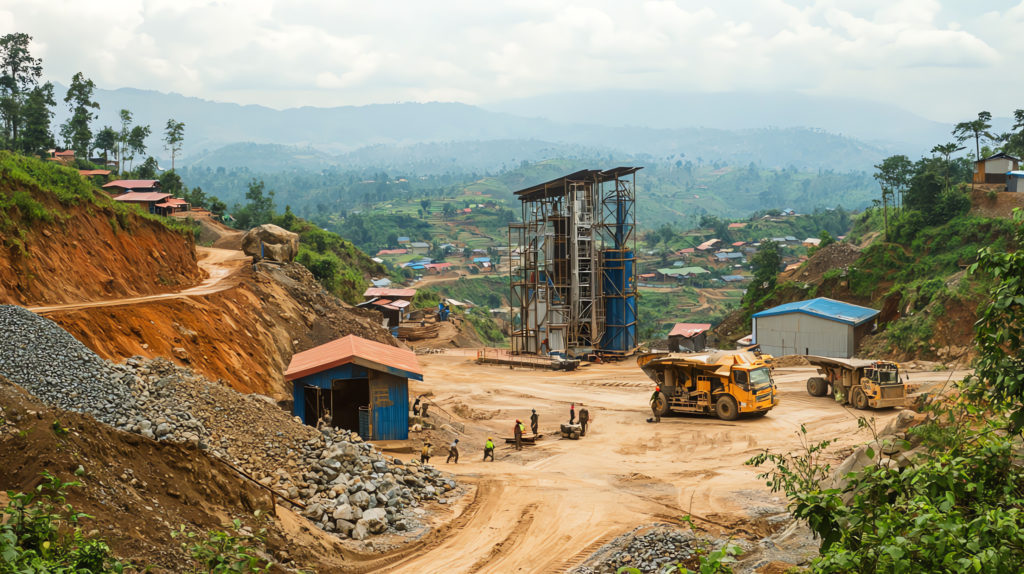Introduction
In Africa's critical minerals sector, essential for the global energy transition, companies face a daunting challenge: complying with a multitude of Environmental, Social, and Governance (ESG) standards. From cobalt mines in the Democratic Republic of Congo (DRC) to lithium operations across the continent, businesses are caught in a web of overlapping frameworks like the Global Reporting Initiative (GRI), Sustainability Accounting Standards Board (SASB), and the EU Taxonomy. This article delves into how these standards, while well-intentioned, often hinder rather than help sustainability efforts.
Main Body
The Burden of Multiple ESG Standards
Africa's critical minerals—cobalt, lithium, graphite, and rare earth elements—are vital for renewable energy technologies. However, companies in this sector must navigate a complex landscape of ESG frameworks. For instance, a DRC cobalt exporter might align with OECD Due Diligence Guidance for European markets, report under GRI for lenders, disclose climate risks via the Carbon Disclosure Project (CDP), and prepare for International Sustainability Standards Board (ISSB) requirements. Despite these efforts, accusations of community displacement and unsustainable practices persist, highlighting a core issue: too many standards, too little clarity.
Conflicting Priorities and High Costs
The multiplicity of ESG frameworks creates confusion due to differing priorities. GRI focuses on stakeholder materiality, emphasizing real-world impacts like labor rights, while SASB and ISSB prioritize financial materiality for investors. This divergence can lead to contradictory reporting and messaging. Additionally, compliance costs are prohibitive, especially for micro, small, and medium-sized enterprises (MSMEs) in Africa, which lack the resources of multinational corporations. As Monica Gichuhi, a Minerals Governance Consultant in Nairobi, notes, these standards are often designed in the Global North, with metrics misaligned to African realities.
Local Context and Data Challenges
Many ESG frameworks fail to address local issues such as artisanal mining, which employs millions in Africa, or social risks like gender-based violence and land tenure insecurity. Furthermore, data-poor environments hinder accurate reporting for frameworks like the Science Based Targets initiative (SBTi). Without reliable geospatial tools or digitized records, companies struggle to meet granular requirements, spending more time on reporting than on actual sustainability, as Jennifer Hinton from Uganda points out.
The Need for Harmonization and Adaptation
Efforts to streamline ESG standards are underway, with the ISSB working to consolidate frameworks like TCFD and SASB into a global baseline. However, experts argue that adaptation to African contexts is crucial. Challenges like infrastructure deficits and informal economies must be considered. There is a growing call for African-owned ESG frameworks aligned with initiatives like the African Mining Vision (AMV) to ensure local impact over mere compliance with global benchmarks.
Opinion and Analysis
The ESG overload in Africa's critical minerals sector raises critical questions amid the global push for energy transition: Are these standards truly fostering sustainability, or are they creating barriers to market access for African firms? While harmonization is a step forward, the lack of local relevance risks perpetuating exclusion and greenwashing. As the world races to secure critical minerals for net-zero goals, it’s imperative to balance global expectations with regional realities. Could African-led ESG frameworks be the key to bridging this gap? This issue ties into broader debates on equitable transition, where the Global South often bears the burden of standards set by the North.
